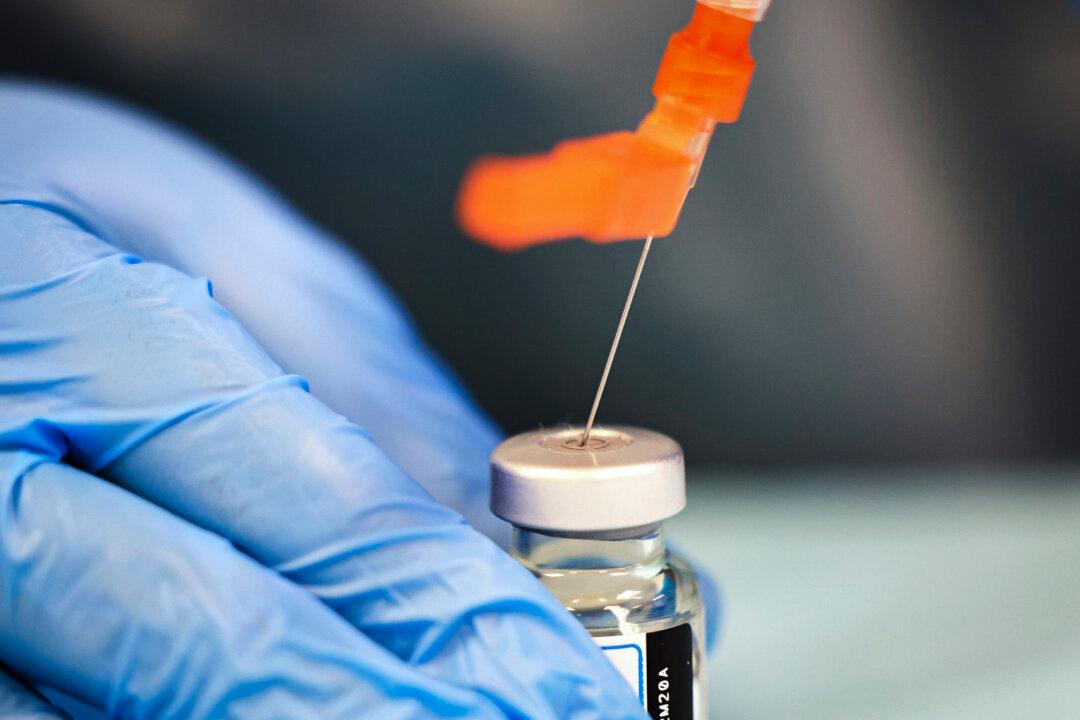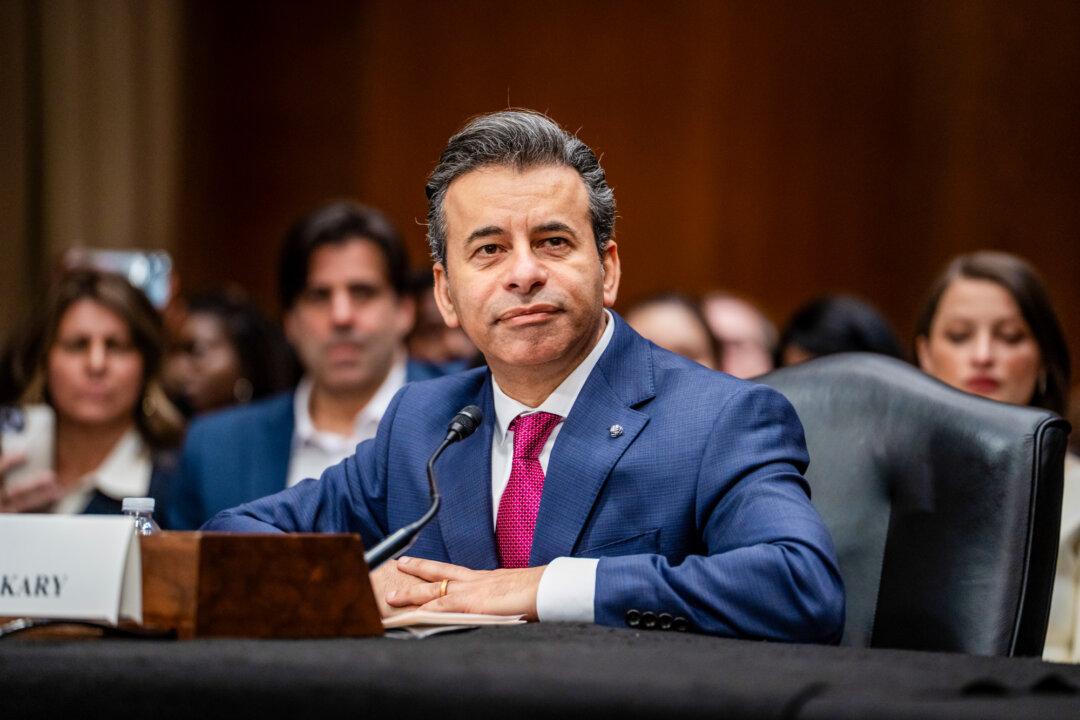Puerto Rico Gov. Wanda Vasquez declared a state of emergency and activated the National Guard on Jan. 7 after a 6.4 magnitude earthquake hit just south of the island, leaving widespread damage in southern towns and killing at least one person.
Vazquez said all public sector offices except for emergency services would remain closed Jan. 7 while emergency plans were implemented. The emergency order and activation of the National Guard were later published on an official government website.
Initially reported as having a 6.6 magnitude, the quake was the latest and most powerful in a series of that started on Dec. 28, 2019. It hit at 4:24 a.m. at a depth of about 6 miles, and was centered 5.4 miles south of Indios.
A tsunami alert was issued for Puerto Rico and the U.S. Virgin Islands after the initial quake but was later canceled. The Pacific Tsunami Warning Center reported a small tsunami measuring about 7.9 inches.
“We want everyone to be safe. That is why the work in the public sector is suspended for today, so that they can be with their families, implementing their emergency plans,” she said. First responders were still working, she added later.
Albert Rodríguez, who is from the southwest town of Guánica, said there was widespread damage near his house.
“The road is cracked in the middle and it lifted up,” he said.
Víctor Huérfano, director of Puerto Rico’s Seismic Network, added that an official in Ponce told him there was widespread damage there.
“We expect that this will be the largest quake for now,” he said. “The aftershocks will continue for some time.”
A 73-year-old man died in the southern city of Ponce after a wall fell on him, El Nuevo Dia reported. Teacher Rey González said the man, Nelson Martinez, was his uncle. Eight people were injured in Ponce, Mayor Mayita Melendez told WAPA.
According to the U.S. Geological Survey, the Caribbean area involves no fewer than four major tectonic plates and a number of “inclined zones of deep earthquakes.”
“Further east, from the Dominican Republic to the Island of Barbuda, relative motion between the North America plate and the Caribbean plate becomes increasingly complex and is partially accommodated by nearly arc-parallel subduction of the North America plate beneath the Caribbean plate. This results in the formation of the deep Puerto Rico Trench and a zone of intermediate focus earthquakes (70–300 kilometers depth) within the subducted slab,” it stated.
“Although the Puerto Rico subduction zone is thought to be capable of generating a megathrust earthquake, there have been no such events in the past century. The last probable interplate (thrust fault) event here occurred on May 2, 1787, and was widely felt throughout the island with documented destruction across the entire northern coast, including Arecibo and San Juan.
“Since 1900, the two largest earthquakes to occur in this region were the Aug. 4, 1946, M8.0 Samana earthquake in northeastern Hispaniola and the July 29, 1943, M7.6 Mona Passage earthquake, both of which were shallow thrust fault earthquakes.”





